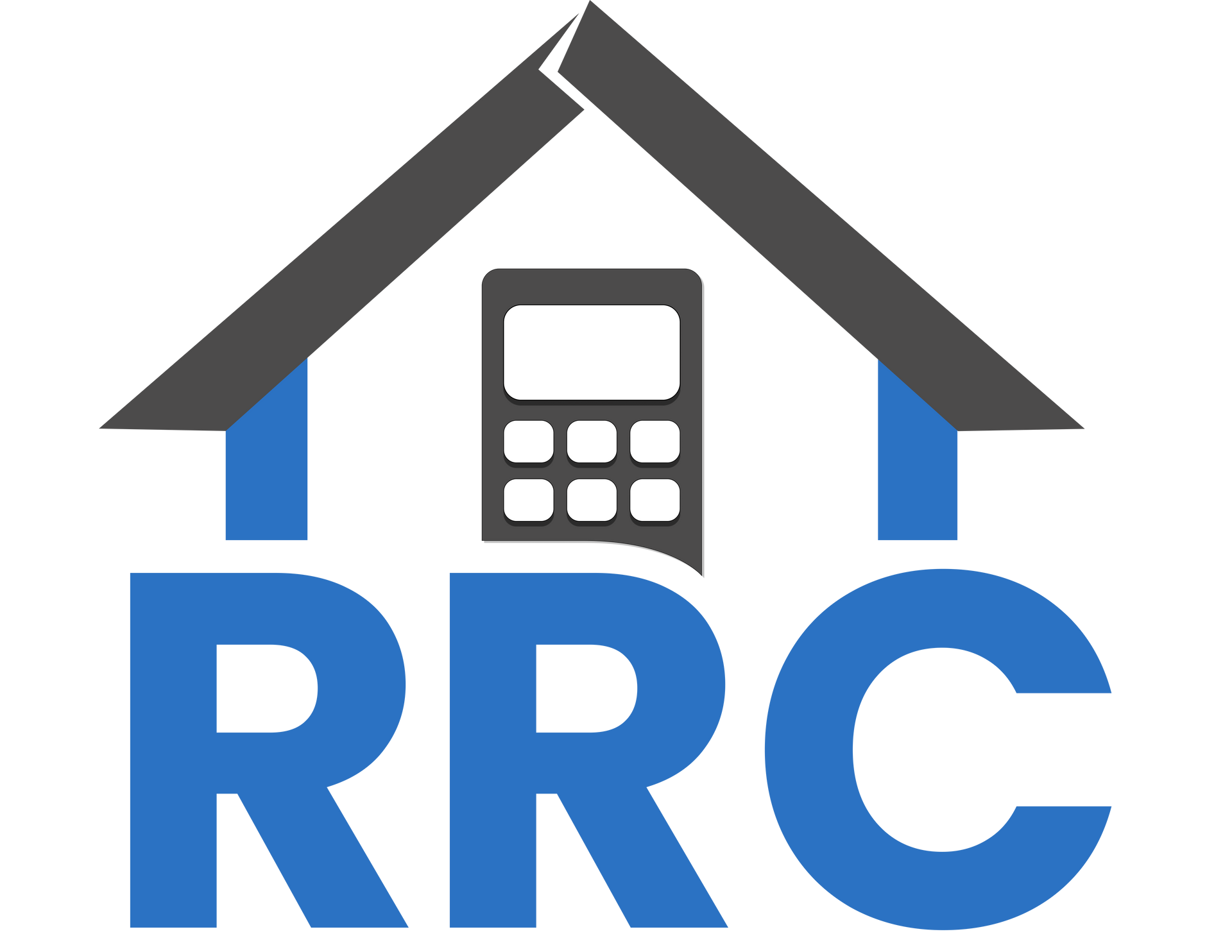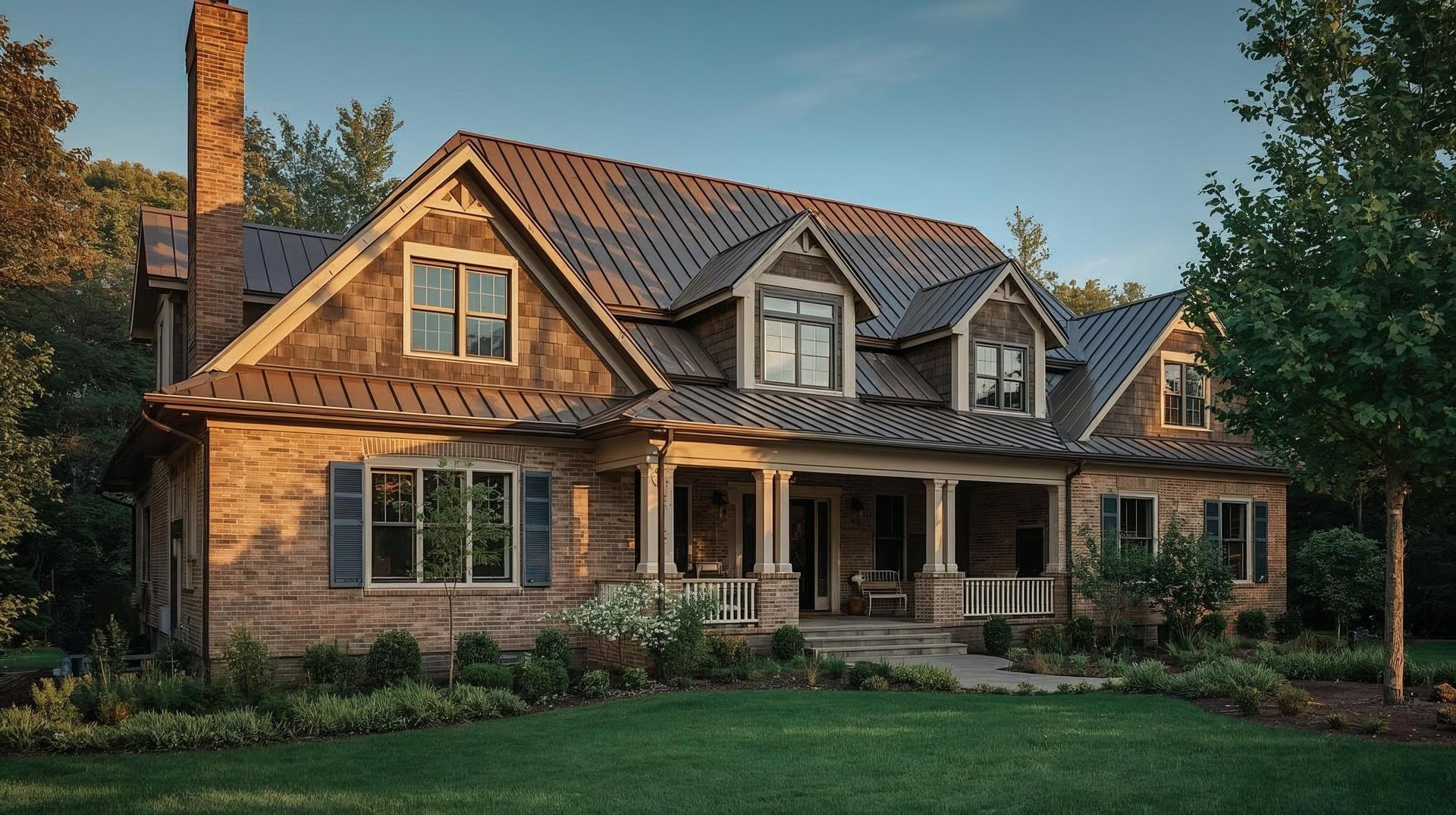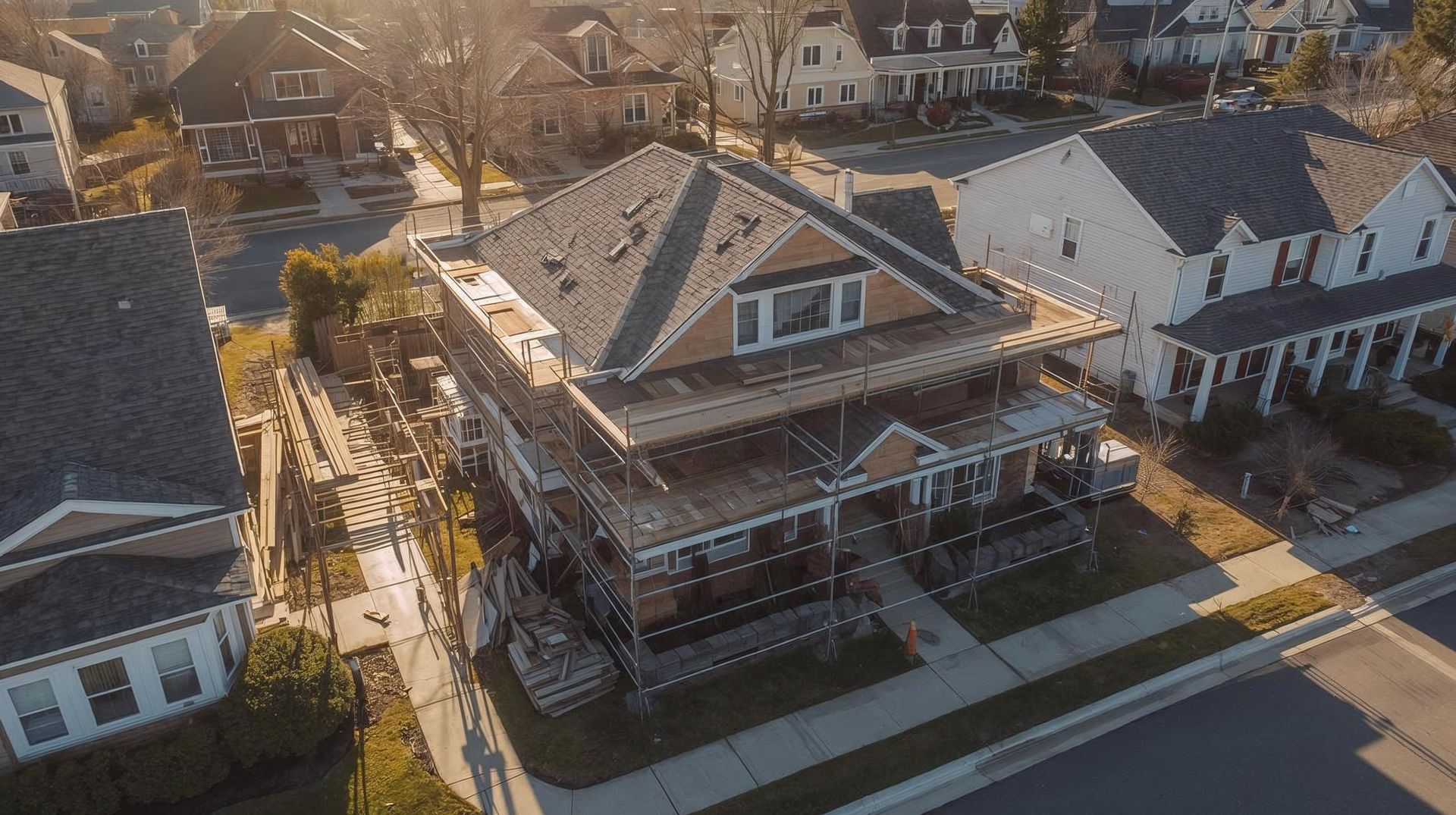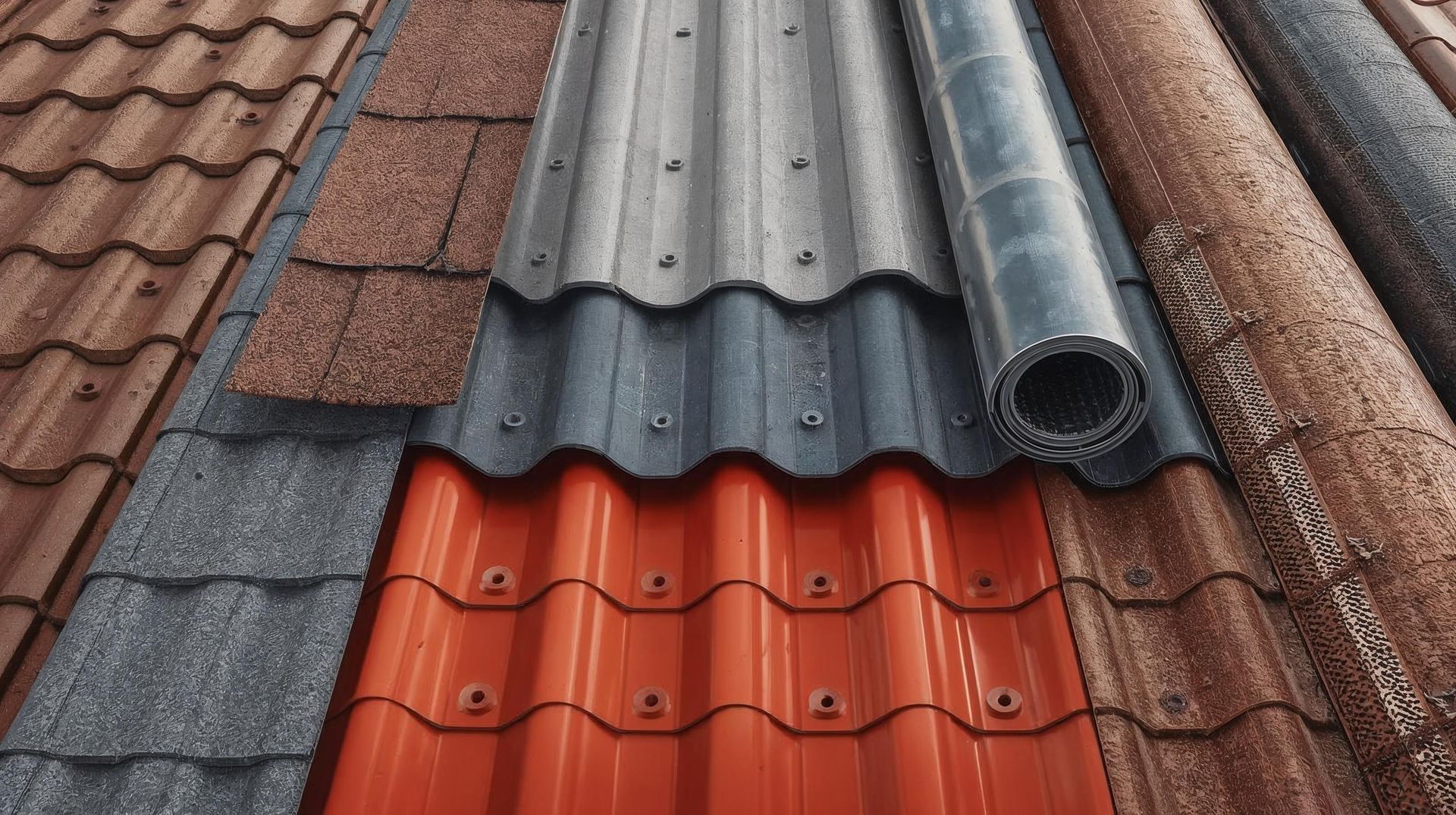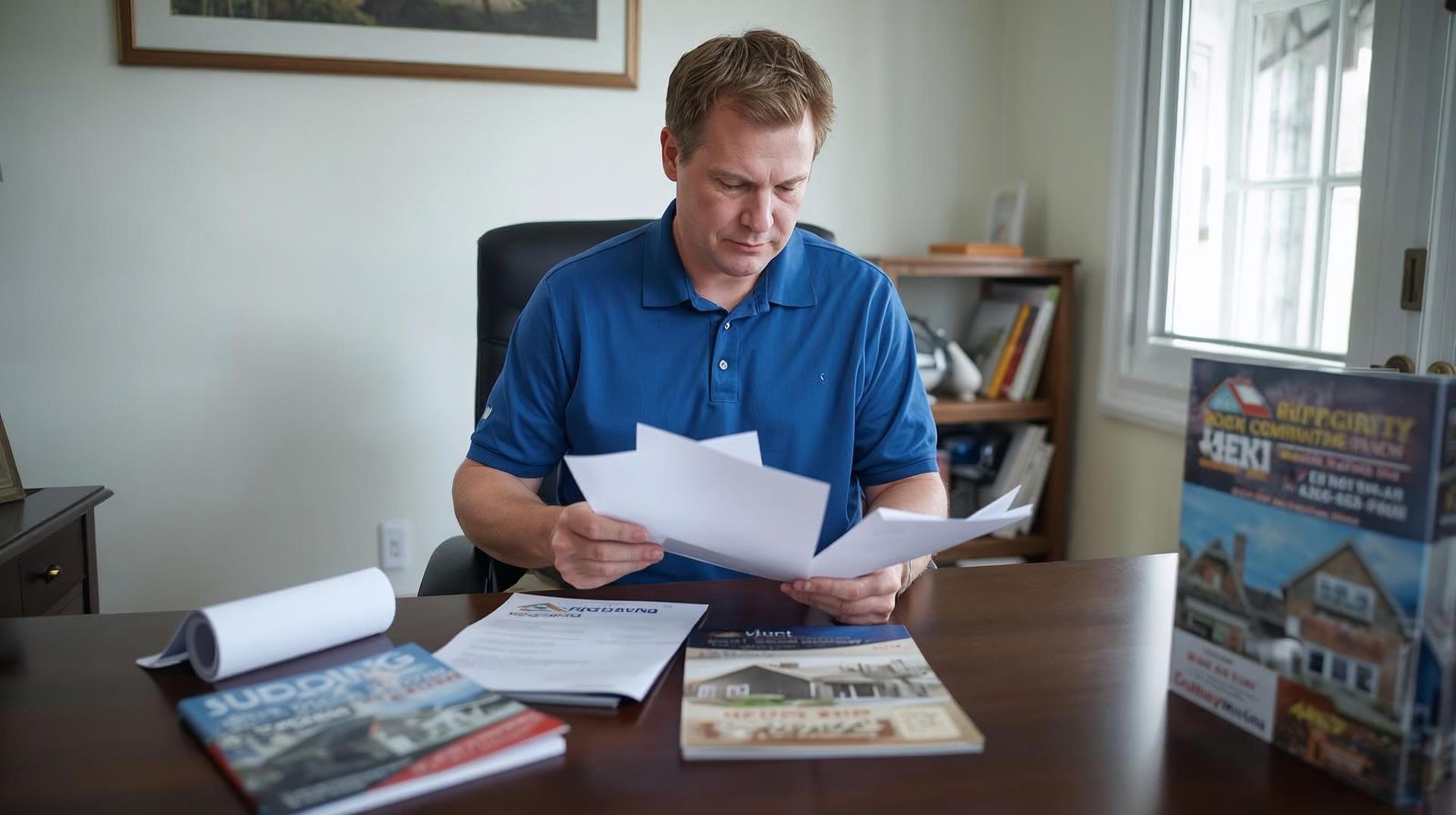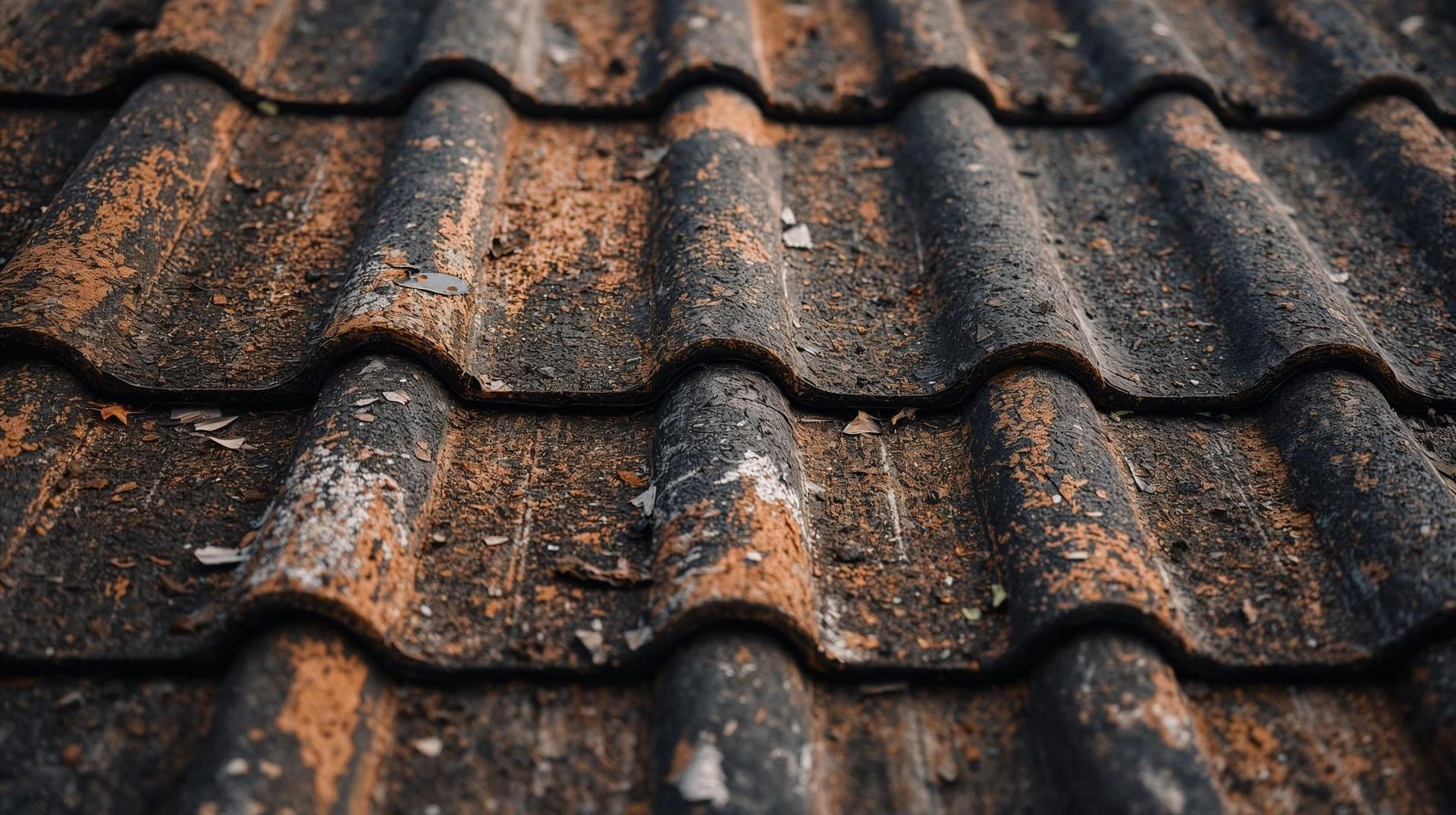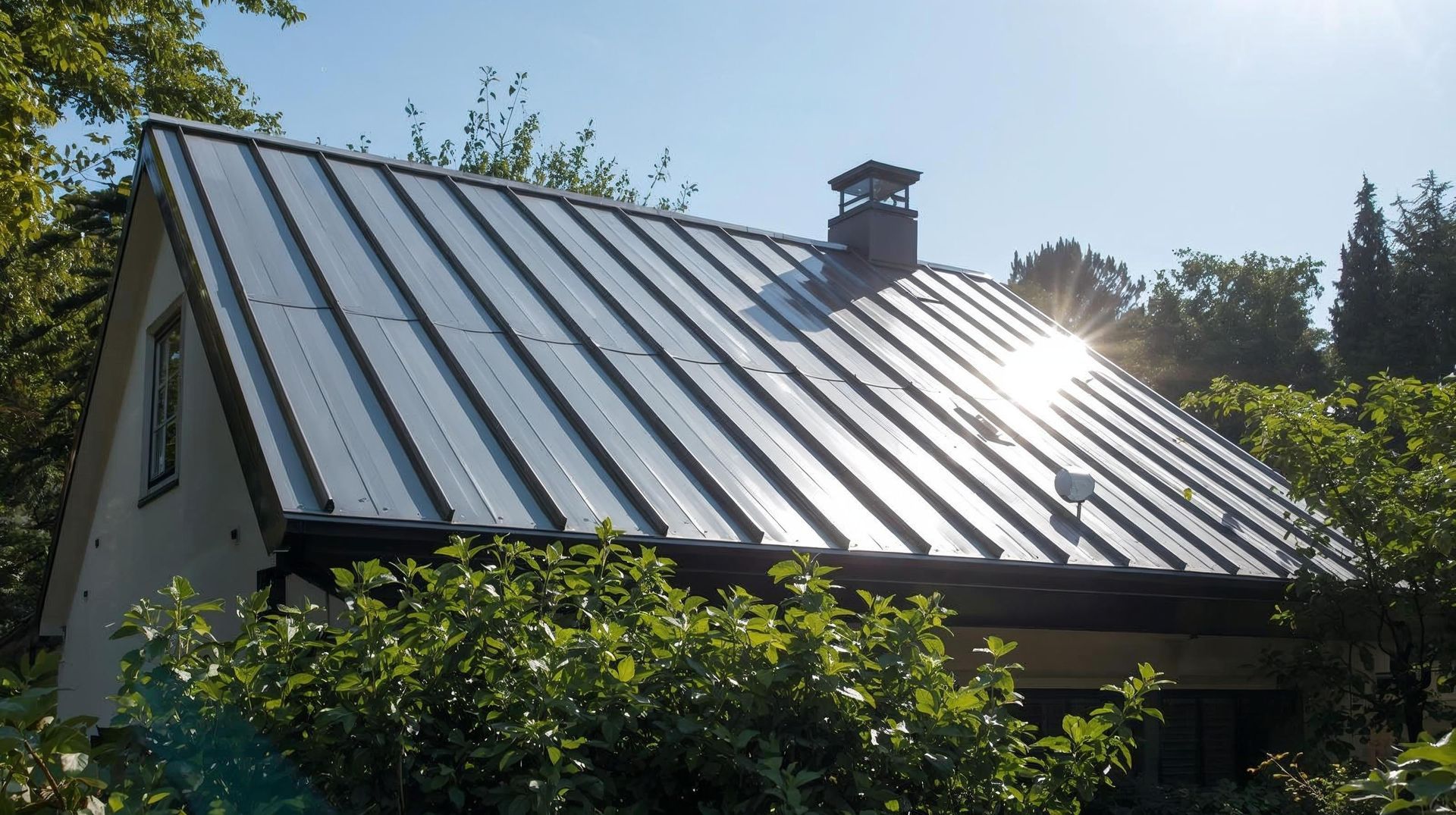Roof Labor Cost Breakdown: What Are You Really Paying For?
• September 5, 2025
Maintaining a house takes effort, and your roof, being one of the most essential parts, deserves every bit of your attention. When homeowners think about roof replacement, the first number that comes to mind is the total cost. But behind that figure is a detailed breakdown of labor rates, materials, and extra services that roofing companies charge for. Understanding where your money really goes can help you spot hidden fees, compare estimates, and plan for the actual cost of your project.
When the time comes for roof repair or a new roof, labor costs often make up a significant portion of the bill. Without understanding how these costs are structured, it's easy to feel uncertain about what you're truly paying for.
This guide will help you break down the Roof Labor Cost to give you clarity, avoid surprises, and ensure you're investing wisely in your home's protection.
Key takeaways
- Labor can account for 40-60% of your total roof replacement cost in the U.S.
- A detailed breakdown reveals line items like tear-off, underlayment, and cleanup, giving you real clarity on labor pricing.
- Factors such as roof complexity, material type, and location heavily influence labor costs.
- Understanding labor components lets you challenge vague bids and avoid paying for unnecessary extras.
- Smart budgeting and better timing (like choosing off-peak seasons) can significantly reduce labor expenses while maintaining quality.
Roof Labor Cost Breakdown: What Are You Really Paying For in 2025?
While roofing materials like wood shakes, slate tiles, or copper roofing often get the spotlight, the real expense lies in the skilled hands that install them. Labor cost can vary depending on your roof structure, shingle roof type, and even factors like disposal fees for old materials or extensive repairs caused by extreme weather conditions. Understanding how roofing companies calculate labor rates, whether by one roofing square, linear foot, or cost per square foot, can give you clarity on the actual cost of having your entire roof replaced. By knowing what you're really paying for, you'll be better prepared to evaluate estimates, compare options, and avoid surprises when the final bill arrives.
Understanding Roof Labor Costs
Roofing is skilled work and labor-intensive. From removing old shingles to securing new underlayment, every step takes time and experience. When it comes to roof installation, most homeowners often focus only on material prices and don't really pay attention to the labor cost.
Instead of just looking at the overall cost on your roofing bill, understanding the breakdown gives you leverage to compare quotes, spot overcharging, and make confident decisions. In short, understand what's included and what's not before you decide.
What's included in Roof Labor Costs?
When hiring a roofing crew, you're not just paying for nails and shingles, but also investing in skilled work that ensures your home stays safe and secure. Roof labor cost covers far more than the obvious installation. They include everything from preparation and setup to the finishing touches that make your roof durable and weather-ready.
Let's have a look at what your labor cost usually covers:
- Tear-off of old roof: Removing shingles, nails, or panels.
- Installation of new materials: Laying down shingles, tiles, or panels.
- Underlayment & flashing work: Waterproofing layers and sealing tricky spots.
- Clean-up & disposal: Hauling away debris and leaving your yard clean.
- Skilled vs. unskilled labor: Professional roofers cost more than helpers, but they work faster and with fewer mistakes.
In short, roof labor costs aren't just about the physical act of putting materials on your roof. They represent time, expertise, safety precautions, and attention to detail that protect your homes for years.
Factors Affecting Roof Labor Pricing
Several things influence labor costs across the state. Understanding what drives labor pricing can help you set a realistic budget and avoid surprises. Let's have a look at some of the major factors responsible:
- Roof size & complexity: A larger roof naturally requires more hours of labor, while steep slopes, multiple stories, or architectural details make the job trickier. A simple, flat roof will cost less in labor compared to one with valleys, skylights, or dormers that demand specialized attention.
- Material-Specific Labor Costs: Not all roofs require the same effort. Labor costs rise or fall depending on the type of roofing material being installed. Asphalt shingles are quicker to install and are an affordable roofing material, while Slate, Clay tile, Tile roof, or Metal roofs need more expertise, leading to higher labor pricing.
- Local labor rates: Roofers often calculate labor using one roofing square (100 square feet). The cost per square foot varies by region, complexity of the roof structure, and roofing company experience. Steeper roofs or those with unique shapes add to the higher cost because they require more time and safety precautions.
- Removal and Disposal fees: Before new materials are installed, old shingles or tiles must be removed. Labor includes tearing off the existing roof, hauling debris, and handling disposal costs. Some roofing contractors charge by the linear foot, while others roll everything into flat disposal fees.
- Season & demand: Seasonal demand plays a vital role, as prices often spike after a storm or during peak roofing season (summer and fall).
- Roof condition & preparatory work: Small repair works, cleaning, or removing old roofing materials/debris add extra time and cost. If your roof has water damage, rotten decking, or structural issues, contractors must fix these before installation. The more prep required, the more labor hours and added to the job.
- Accessibility & Safety requirements: If your roof is difficult to reach or requires scaffolding, harnesses, or other safety measures, the labor cost goes up. Complex job sites often demand specialized equipment and additional crew members, which directly impacts pricing.
- Experience & Skill level of the crew: A highly skilled roofing team may charge more per hour in their payment plan, but they usually complete the job faster and with fewer mistakes. Sometimes paying a higher labor rate upfront saves you from costly repairs later.
- Project timeline: Urgent jobs or fast-track projects may require contractors to work overtime or bring in extra help. This can drive up labor pricing compared to a flexible timeline where the crew works at a normal pace.
Average Cost Breakdown example
Here's a sample estimate for a mid-sized shingle roof replacement:
- Labor (tear-off & install): 40-50% of total cost
- Materials: 30-40%
- Disposal fees: 5-10%
- Extras (repairs, flashing, gutters): 10-15%
While numbers vary, labor is consistently the largest portion of what homeowners pay for.
7 ways to make the most of your Roof Labor Budget
Managing roof labor costs isn't just about saving money, but also about making smart choices that give you lasting value. Here are seven ways to do just that:
1. Negotiate upfront:
Ask for an itemized estimate before starting.
2. Choose the right season:
Off-season jobs (late winters/ early spring) may be cheaper.
3. Hire experienced crews:
Skilled teams finish faster, saving long-term costs.
4. Avoid unnecessary add-ons: Don't pay for extras you don't really need.
5. Bundle services:
Combine gutter or skylight work with your roofing job.
6. Compare multiple quotes:
Always get at least 2-3 bids from different roofing contractors.
7. Check credentials:
Licensed and insured contractors may seem pricier, but they prevent costly mistakes.
By following these strategies, you'll not only keep your roof labor costs under control but also ensure long-lasting value for your home. A little foresight today can save you from bigger expenses tomorrow.
Why a clear Labor Breakdown protects you from overpaying
Think about the last time you paid a big bill without really knowing what each charge meant. Frustrating, right? Roofing labor can feel the same if you only see one big number. A clear breakdown acts like a receipt; it tells you exactly where your money is needed.
When you know how much is being charged for removal, installation, safety gear, and skilled hours, you can compare it against industry averages. If one contractor's quote seems way out of line, you'll spot it instantly instead of shrugging and paying blindly. It also puts you in a stronger position to ask questions like, " Why is your labor charge for tear-off higher than others?"
This not only helps avoid overpaying but also filters out contractors who rely on homeowners not checking the details.
At the end of the day, knowledge is leverage. The clearer the breakdown, the easier it is to make sure you're paying for quality, not hidden markups.
Implementation tips: Getting accurate Labor Cost Estimates
So, how do you actually get an estimate you can trust? Let me share some practical steps with you!
- Ask for itemized quotes: Don't settle for a single lump-sum number. Request a detailed breakdown showing cost per hour, per square foot, or per roofing task.
- Compare at least 3 bids: One quote tells you the price. Three quotes show you the market.
- Clarify what's included: Sometimes "labor" also hides debris removal, travel time, or warranty coverage. Get clarity before you let them start their work.
- Use calculators as a baseline: Online Roofing Calculators can't give you an exact number, but can give you a ballpark figure to check against contractor quotes.
- Don't ignore reviews: A cheaper bid isn't always a better one. Look for consistency in pricing and customer reviews, and ratings.
The key is to stay curious. Ask questions, double-check details, and don't rush. Accurate estimates don't just help you budget better, but also protect you from surprise costs and give you peace of mind knowing you've made the right call.
Summary
Labor is the backbone of any roofing project. From labor rates per roofing square to hidden disposal costs and extensive repairs, every detail adds up. By understanding the breakdown, you'll know exactly what you're paying for, avoid hidden charges, and have the leverage to negotiate confidently. Compare multiple itemized estimates, ask smart questions, and check what's included and what's not, so you can avoid paying for things you don't need while ensuring the crew is fairly compensated for their skilled work.
The roof protects your entire home, so making sure you aren't cutting corners or overpaying is about more than money. It's about protecting your investment, your comfort, and your peace of mind.
If you're planning for a repair or a whole replacement, don't forget to check the labor costs in detail. Start by using the Roof Replacement Calculator to get a realistic range, and request detailed, itemized quotes from multiple professional roofing contractors. Compare side by side, watch for red flags like vague "flat rates," and always clarify what's included.
Your goal is not just to find the cheapest option, but also to find a fair, transparent price that ensures quality work and lasting results. With the right preparation, you'll not only save money but also gain confidence knowing you've made the best decision for your home and your budget.
How much of a roof replacement cost is labor in the U.S?
Typically 40-60%, depending on roof size, material, and region.
Why is labor sometimes more expensive than materials?
Roofing requires trained crews, safety equipment, and specialized skills.
Do roof labor costs vary by season?
Yes, prices often rise in summer and fall when the demand is highest.
What key factors can lead to higher roof labor costs?
Steep roofs, limited access, and the need for specialized equipment often lead to higher labor rates. Hidden damage can also turn small repairs into a significant investment.
How should I budget for roof labor (minor repairs vs. full replacement)?
For minor repairs, labor is usually affordable unless specialized tools are needed. A full replacement is a significant investment, so plan a flexible budget that covers both standard labor and unexpected costs.
Roof costs vary by region in 2025. Compare US prices and use our roof replacement cost calculator to get a realistic estimate today.
Planning a roof replacement? We analyze the 2026 forecast for labor shortages, insurance policy shifts, material pricing, and tariffs to help homeowners budget smarter and avoid surprises.
Calculate the roof replacement cost per square foot for asphalt shingles with our expert 2025 guide. Learn materials, labor, and extras for precise budgeting and savings.
Learn roof replacement financing options, payment plans, and monthly costs. Use a roof replacement cost calculator to estimate expenses before choosing a loan.
